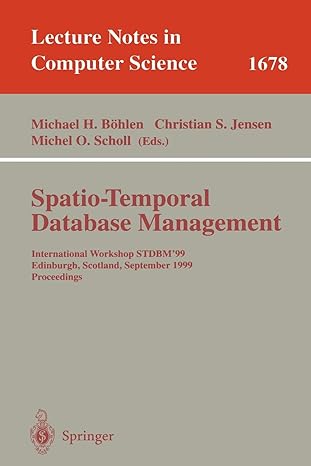THE ABSTRACTION: ADDRESS SPACES Homework (Code) In this homework, we'll just learn about a few useful tools to examine virtual memory usage on Linux-based systems. This will only be a brief hint at what is possible, you'll have to dive deeper on your own to truly become an expert (as always!). Questions 1. The first Linux tool you should check out is the very simple tool free. First, type man free and read its entire manual page; it's short, don't worry! 2. Now, run free, perhaps using some of the arguments that might be useful (e. g m, to display memory totals in megabytes). How much memory is in your system? How much is free? Do these numbers match your intuition? 3. Next, create a little program that uses a certain amount of memory, called memory-user.c. This program should take one command- line argument: the number of megabytes of memory it will use. When run, it should allocate an array, and constantly stream through the array, touching each entry. The program should do this indefi- nitely, or, perhaps, for a certain amount of time also specified at the command line. 4. Now, while running your memory-user program, also in a dif- ferent terminal window, but on the same machine) run the free tool. How do the memory usage totals change when your program is running? How about when you kill the memory-user program? Do the numbers match your expectations? Try this for different amounts of memory usage. What happens when you use really large amounts of memory? 5. Let's try one more tool, known as pmap. Spend some time, and read the pmap manual page in detail. 6. To use pmap, you have to know the process ID of the process you're interested in. Thus, first run ps auxw to see a list of all processes, then, pick an interesting one, such as a browser. You can also use your memory-user program in this case indeed, you can even have that program call getpid() and print out its PID for your convenience). 7. Now run pmap on some of these processes, using various flags (like -x) to reveal many details about the process. What do you see? How many different entities make up a modern address space, as opposed to our simple conception of code/stack/heap? 8. Finally, let's run pmap on your memory-user program, with dif- ferent amounts of used memory. What do you see here? Does the output from pmap match your expectations







